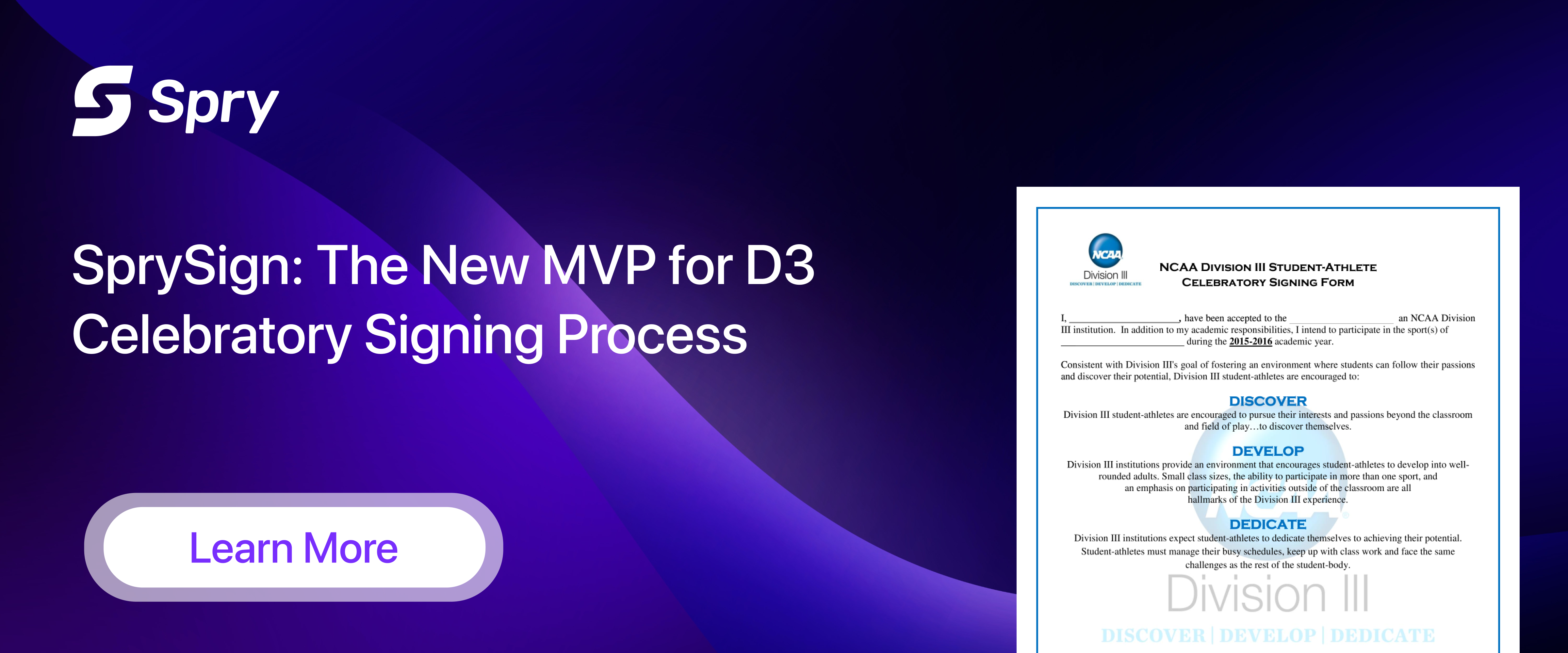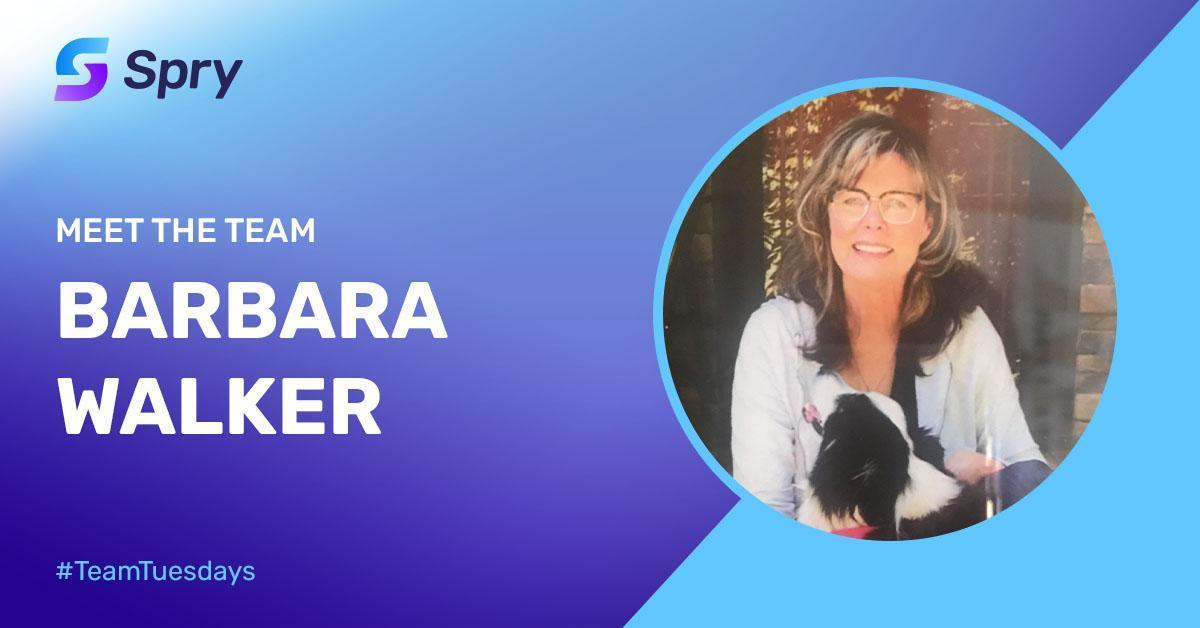Insights
Striking While the NIL Gold is Hot

The 2020/21 Summer (and Para-) Olympic games are now behind us and for thousands of Olympic sport student-athletes, the timing could not be better. Though not typically the focus of daily headlines, once every two years the Olympic Games (Summer and Winter) provide a platform for less well known events like beach volleyball, rowing and water polo to gain rare exposure before a global audience. Similarly, more traditional Olympic sports such as track and field, volleyball, swimming and diving and gymnastics take center stage during prime time. The delay of the 2020 games thrust these sports into the limelight at exactly the moment when NIL bills in states across the country were opening the door for college athletes to cash in on their skill and marketability. The timing of these events aligned with the symmetry of two synchronized swimmers, and the result could potentially mean big bucks for Olympic sport athletes.
Conventional wisdom has suggested that the major beneficiaries of this legislative change will primarily be athletes in the revenue sports of football and men’s basketball. The data, however, suggests a different reality. So far, Spry has seen athletes from 18 different sports benefit from NIL legislation.
Allyson Felix, who became the most decorated American Track & Field athlete of all time during the Tokyo games, has earned an estimated $4.5 million from various endorsement deals with companies such as Adidas, Nike, and Gap (Athletica). Similarly, Simone Biles, widely regarded as the greatest gymnast of all time, earns a reported $5 million in endorsement deals annually. Recently retired Olympic icons Usain Bolt and Michael Phelps have earned an estimated $90 and $80 million respectively through endorsements.
Obviously, most college athletes will never have the name recognition or marketability of Simone Biles or Michael Phelps, however what they have been able to achieve does dispel the notion that NIL opportunities are reserved strictly for revenue sport athletes. There are numerous Olympic stars who’ve had success on the Olympic Stage who were collegiate athletes: Katie Ledecky (Stanford), Lolo Jones (Louisiana State University), , Caeleb Dressel (UF), and Sydney McLaughlin (University of Kentucky), to name a few. The popularity of the Olympics illustrates that there is an appetite for a broad range of sporting events beyond football and basketball, and the success of Olympic sport athletes shows that it is possible for student-athletes in these sports to benefit from NIL opportunities as well.
Strategic timing may be vital to Olympic sport athletes’ ability to maximize their value, particularly those with the ability to boost their brand by actually qualifying for the games. While opportunities for these athletes will always exist, they will likely be most plentiful during Olympic years. With the Tokyo Olympics having just concluded, the Winter Olympics scheduled for 2022 and the Paris Summer games only three years away, Olympic sport athletes should be prepared to take full advantage of the momentum of these moments.



